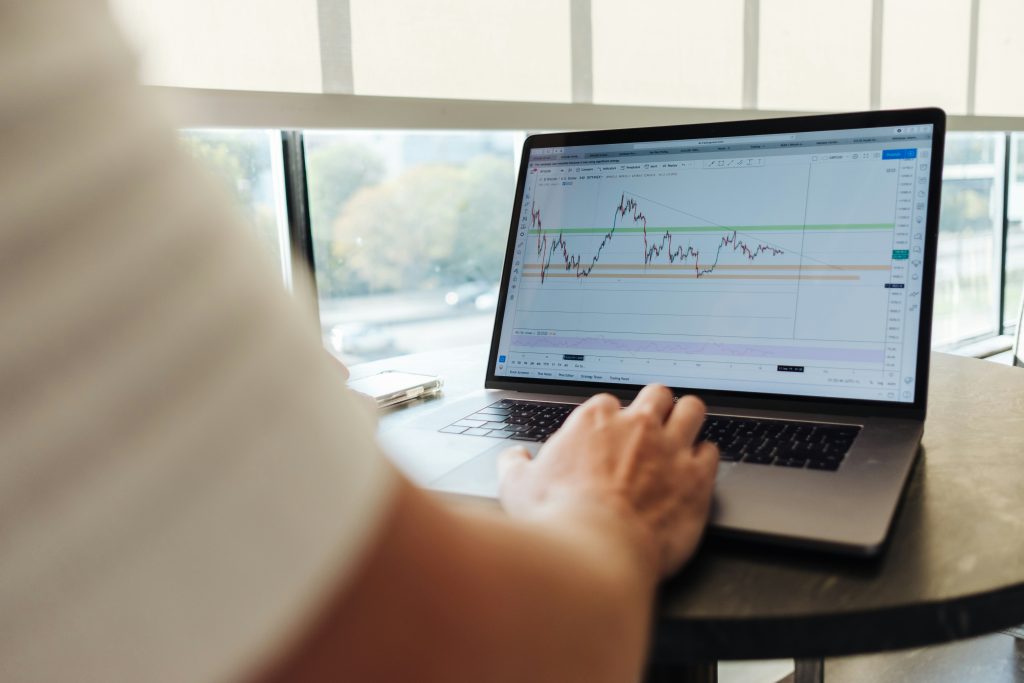
As we navigate through the complexities of the second half of 2024, investors are presented with a diverse array of opportunities across various asset classes. From fixed income to equities and alternative investments, the investment landscape is ripe with potential, each influenced by distinct market dynamics and macroeconomic trends.
Fiscal Policy Dominance and Its Implications
A predominant theme shaping the latter part of 2024 is the potential dominance of fiscal policy over monetary policy. Unlike monetary policies, fiscal policies lack clear market mechanisms for pricing uncertainty. This shift in focus towards fiscal largesse and its implications on inflation expectations and economic stability will be crucial leading up to the U.S. presidential election. Investors must carefully monitor developments in fiscal policies related to taxes and spending as they can significantly impact market sentiment and performance well into 2025.
U.S. Dollar: Stability Amidst Concerns
Despite concerns over high deficits, debt levels, and twin deficits, the U.S. dollar retains its stability as a global reserve currency. Factors such as monetary sovereignty, robust institutions, and currency control contribute to its resilience. While alternative reserve currencies are being explored by some central banks, the U.S. dollar remains resilient, influenced by broader economic factors beyond fiscal deficits alone.
Emerging Market Debt (EMD): Untapped Potential
Emerging market debt (EMD) presents an intriguing opportunity for investors seeking enhanced returns and diversification. Historically under-owned, EMD offers compelling value in the current macroeconomic environment. Both hard and local currency segments of EMD are particularly attractive, boasting higher yields and significant upside potential compared to developed market fixed income securities.
Equity Outlook: Positioning for Growth
Equities continue to show promise with forward P/E ratios supporting optimistic year-end projections. Sectors such as Industrials, Materials, and Semiconductors are poised to benefit from legislative acts and fiscal policies aimed at bolstering economic growth. While periodic market corrections are normal, reelection-driven fiscal stimuli historically buoy stock markets, making 2024 potentially favorable for equity investors.
Bank Loans and CLOs: Yield and Resilience
Bank loans and collateralized loan obligations (CLOs) offer robust yields and resilience in varying market conditions. With floating coupons and negligible duration risk, bank loans serve as a hedge against rising interest rates while providing higher yields compared to traditional bonds. They represent a strategic addition to portfolios, offering stability and income potential across market cycles.
Alternative Investments: Diversifying Risk and Return
The landscape for alternative investments is evolving positively, driven by shifts in interest rate regimes and market conditions. Private credit and alternative equity markets, including private equity and real estate, are witnessing enhanced opportunities for return generation. These investments offer diversification benefits and potentially higher returns compared to traditional asset classes, appealing to investors looking to mitigate risk and enhance portfolio performance.
Conclusion
As we move into the latter part of 2024, navigating these opportunities requires a strategic approach and keen awareness of evolving market dynamics. Investors should consider diversifying across asset classes, leveraging insights into fiscal policies, and capitalizing on sectors poised for growth. By staying informed and agile, investors can position themselves to capitalize on the potential offered by swing trade strategies in the dynamic market environment of 2024 and beyond. Unlike day trading, which involves executing trades within a single trading day, swing trading typically spans a few days to several weeks.
The goal of swing trading is to capture “swings” or fluctuations in asset prices as they move up or down in a trend. Traders use technical analysis to identify potential entry and exit points based on price patterns, chart patterns, and technical indicators. They aim to enter positions when they anticipate a price movement in one direction (up or down) and exit before the trend reverses.
Swing traders often focus on stocks, currencies (forex), commodities, and indices. They seek to profit from both upward and downward price movements, which can occur due to various factors such as market news, economic data releases, or broader market sentiment shifts.
Risk management is crucial in swing trading, as positions are typically held longer than in day trading. Traders may use stop-loss orders to limit potential losses and set profit targets to secure gains. Successful swing trading requires a disciplined approach to analysis, timing, and risk management to navigate market volatility and capitalize on price swings effectively.
